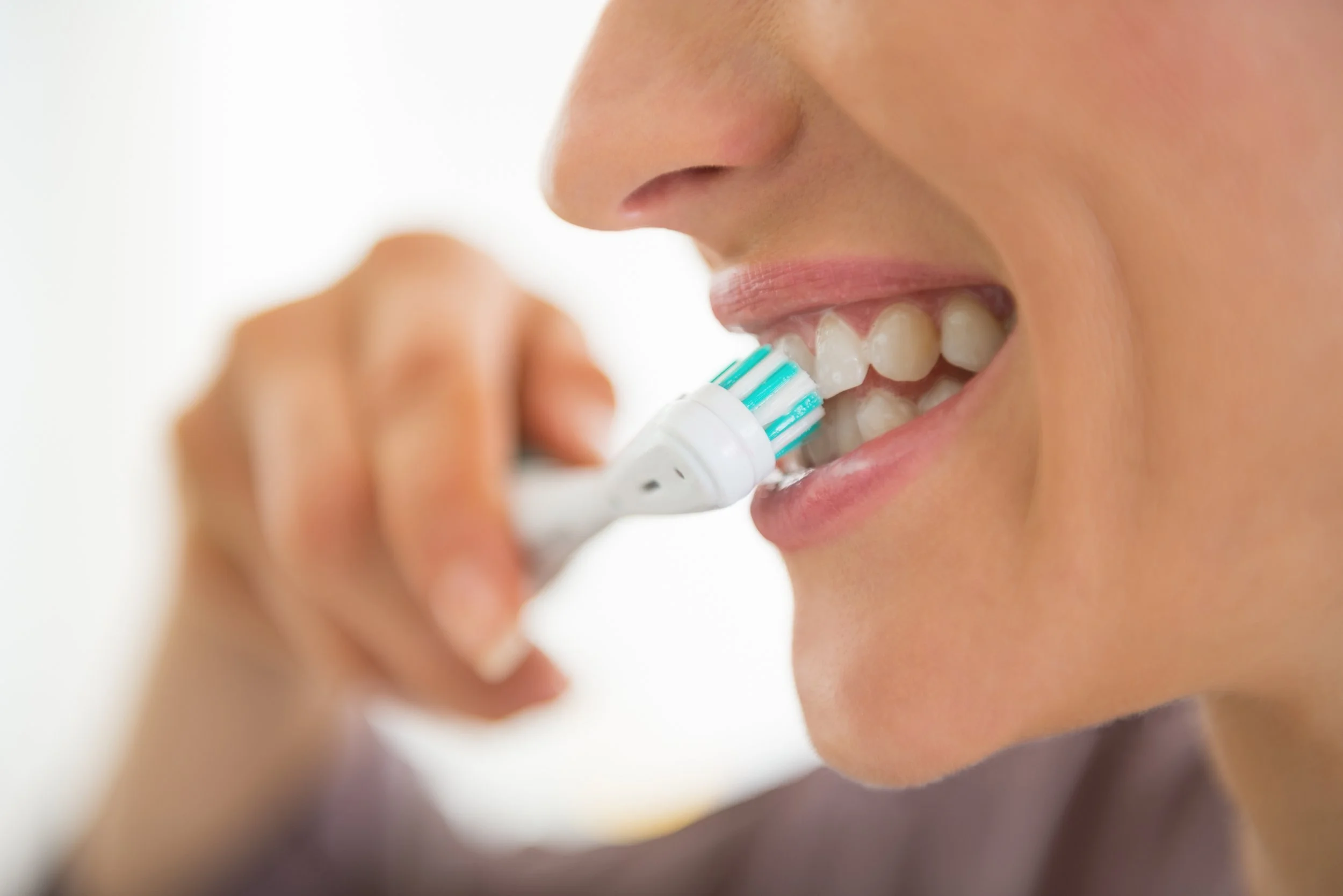WHITE SPOTS APPEAR on our teeth for a variety of reasons. Although not all of them are harmful to our oral health, they still prevent our smile from truly shining through.
Today we want to share with you some of the most common reasons these white spots appear, and what treatment is available to remove them and give you a bright, beautiful smile.
#1: Fluorosis
One cause for those unsightly white spots is fluorosis, which is what happens to our adult teeth when we get too much fluoride before they finish developing under our gums. Fluorosis doesn’t damage the teeth, it just creates an uneven, sometimes spotty bleaching effect.
The best way to avoid it is to make sure your child isn’t using too much toothpaste when they’re under eight years old. You should only use a dab of toothpaste no larger than a smear or a grain of rice on babies and toddlers.
#2: Enamel Hypoplasia
Having hypoplastic tooth enamel means having a thinner or less mineralized layer of enamel than usual. This leaves teeth vulnerable to stains and tooth decay. It can be caused in a child’s teeth when the mother smokes during pregnancy. Other causes include malnutrition and premature birth.
#3: Demineralization
Another common cause of white spots on teeth, and perhaps the most dangerous one to dental health, is demineralization. When plaque isn’t sufficiently cleaned away, it eats away at the minerals on the surface of our teeth, leading to the loss of enamel and the buildup of tartar. Healthy brushing and flossing habits, as well as regular dental cleanings, are essential for preventing demineralization.
#4: Braces And Demineralization
Having braces makes your teeth particularly vulnerable to decalcification. It takes more effort to reach all those tiny crevices where plaque can build up, and any change in the color of your teeth won’t affect the patches beneath the brackets. With braces, therefore, it’s not only important to brush and floss thoroughly to keep plaque and tartar at bay; you also need to make sure you aren’t using whitening toothpaste.
Different Options Exist For Treating White Spots
Preventing white spots is always preferable to needing to treat them after they form, but there are a few treatments available.
- Microabrasion involves carefully removing a thin layer of enamel to give your teeth a more uniform appearance, and sometimes this is paired with tooth-whitening treatments.
- Bleaching is another way of giving your teeth more balanced color. While there are over-the-counter bleaching kits, we recommend having it done in the dentist’s office or with dentist-approved take-home kits.
- Veneers are a good option when the staining is particularly severe and bleaching won’t be enough to fix it. The dentist attaches thin porcelain to your teeth, giving them a natural, white appearance.
Let’s Keep Those Smiles Sparkling!
If you’re concerned about preventing white spots or already have them and would like to discuss treatment, don’t hesitate to schedule an appointment!
We want all our patients to be proud of their smiles!
Top image by Flickr user David Schiersner used under Creative Commons Attribution-Sharealike 4.0 license. Image cropped and modified from original.
The content on this blog is not intended to be a substitute for professional medical advice, diagnosis, or treatment. Always seek the advice of qualified health providers with questions you may have regarding medical conditions.











